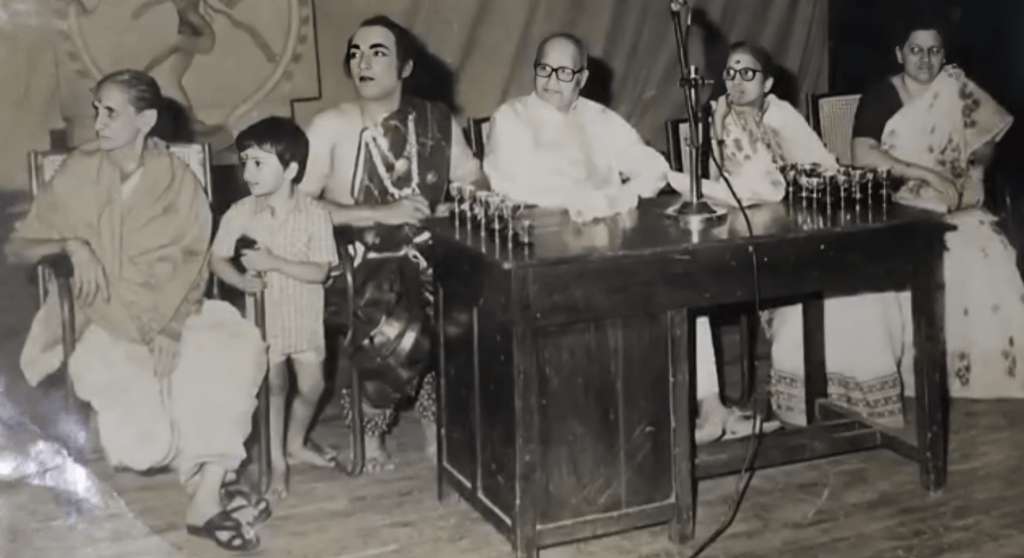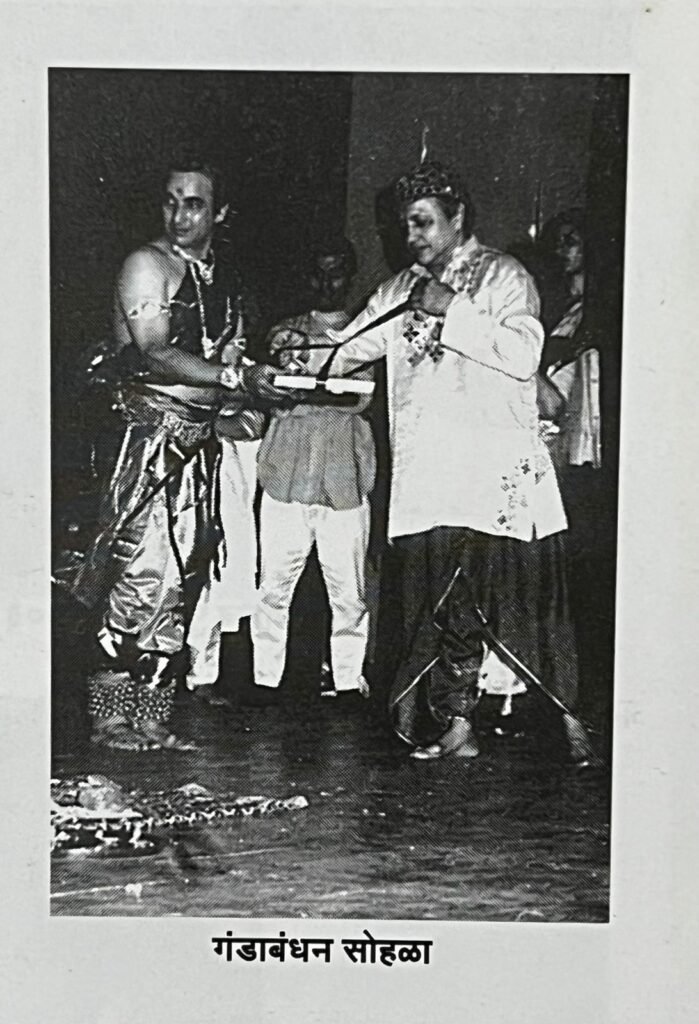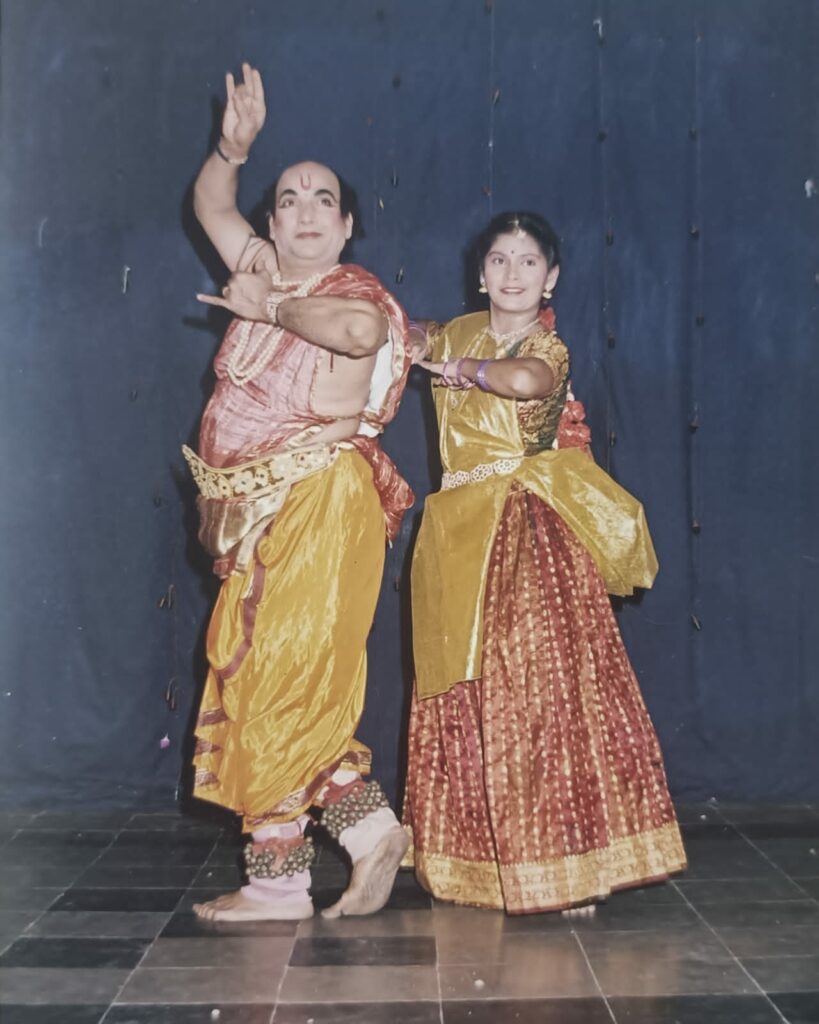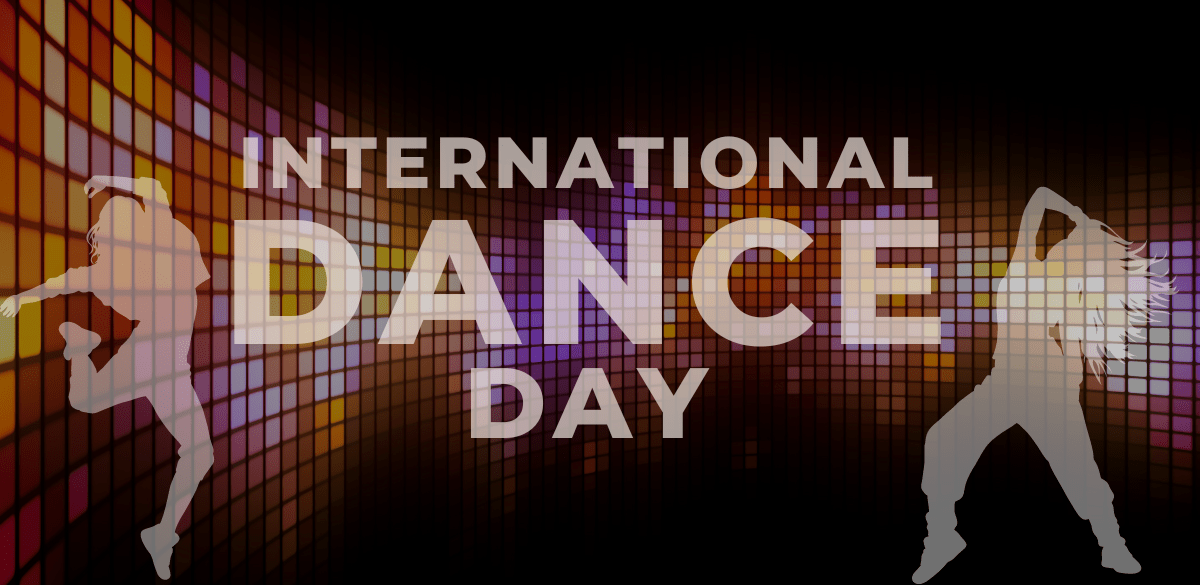The classical dance variety of Kathak is an ancient art type, courting back again to the 4th century BC. It reclines on the timelessness of its poise, gratuity to storytelling, self-control and the marvel of music. If Indian tradition and its heritage resembles a complex and intricate tapestry, possibly Kathak, in it, is the dominant streak of the scarlet thread which operates all around with its blooming aura – that is how major Kathak has been, both equally to the individuals and the country’s civilisation. Dr. Rajkumar Ketkar ji, the 75-yr-old Kathak dancer and teacher, has provided 60 yrs of his life to Kathak. In an unique job interview with Dr. Ketkar Ji, we sat and listened to his musings on this immersive art form, which has extended by itself possibly from its historic origin to the dynamic contemporary period.
Table of Contents
The Guru-Shishya Parampara: The Beginnings of Dr. Rajkumar Ketkar Ji
Dr. Rajkumar Ketkar Ji, born in the yr 1948, shared how at the age of fifteen, he stood mesmerised at Pandit Gopi Krishna Maharaj Ji’s Kathak functionality at Bedekar Mahavidyalaya. The efficiency so profusely moved him that he could not assist but fall for it. This was the very commencing of Kathak in his daily life, which would be accompanied by different other art types of audio and dance in his afterwards several years. Pandit Natraj Gopi Krishna Ji is a renowned Kathak Dancer. He has choreographed several dances for the Hindi cinemas and done not just in India but throughout the environment. Dr. Ketkar ji is at this time 1 of his senior most ganda bandhit disciple. As his to start with and only inspiration, Gopi Krishna’s rangmanch (phase) ignited an everlasting spark within him, producing him business in his final decision of wanting to learn and perform in the exact same way as him.
As a teenage boy, he took the initial phase toward Kathak by means of the dance teacher at his university. He suggested that he conduct a classic Kathak set on the phase to gauge his opportunity to embrace the dance and encourage the audience. Doing a Saraswati Vandana, Ketkar ji shared that on the stage, he attempted to execute the identical way he remembered from Gopi Krishna Ji’s functionality. The dance came obviously to Ketkar ji, and the audience echoed loud applauses at his overall performance.
Soon after his initial stage effectiveness, he sought Pandit Gopi Krishna Maharaj Ji to request him to be his trainer. He visited his property, whereupon, later on, he also received launched to quite a few other gurus, excelling in other art varieties. Dr. Rajkumar Ji experienced the opportunity to meet up with Pandit Lachhu Maharaj Ji, Kathak dancer of the Lucknow Gharana, who available him to learn thumri. He mentions how in previously situations, 1 had to go to different gurus to find out distinct art types, contrary to currently, when typically a single guru is adept in a number of artwork types. A handful of years later, on the guidance of his buddy, Ketkar ji trained less than Pandit Mohanrao Kallianpurkar Ji of the Jaipur Gharana, who was a teacher at Countrywide Centre for carrying out Arts. This way, he was lucky adequate to study from three gurus, excelling in all the a few gharanas of Kathak. The dialogue with Dr. Ketkar Ji results in being all the far more considerable considering that he narrates from a time time period from which not quite a few artists reside among us currently.
Amidst the conversations around his numerous Gurus, he emphasises on the Guru-Shishya Parampara, a bond, and a partnership so built which is centered on devotion, enlightenment, self-discipline and regard. The know-how and talent imparted by the gurus is indispensable and it is of core worth. 1 of the main essence of Guru-Shishya Parampara is Ganda Bandhan.

The 3 Gharanas of Kathak: Inspirations and Aspirations
Dr. Rajkumar Ketkar ji, at the very commencing of the conversation, mentions the ancient divination of classical dances. Derived from the four vedas: Rig Veda, Sama Veda, Yajur Veda and Atharva Veda, classical dances like the Kathak are the oldest sorts of artwork in India. Its factors of rasa (feelings), Laya (rhythm), Abhinaya (acting), and entire body actions have been carefully detailed in the Natyashastra, which yet again establishes the divinity of classical dances, and how it’s founded on conventional historic scriptures which have been followed for generations.
While conversing about his inspiration, Ketkar ji dwelled on the learnings from Gopi Krishna Maharaj. Natraj Gopi Krishna Ji was an exponent of the Benares Gharana. Beneath his tutelage, Dr. Rajkumar ji learnt the Benares Gharana model of Kathak, along with accumulating stories and histories of the dance kind. Forwarding the background, Ketkar ji tackled the issues and variations that Kathak confronted due to the fact the a lot of ages.
Lucknow, as we may not know, was earlier identified as Lakshmanpur or Lakhanpur, where Kathak was normally called “Lakshmanpur ka Nritya.” Originally, Kathak, in Lakshmanpur, experienced its roots in the temples of northern India, as a result, becoming predominantly a devotional dance kind. With the arrival of the Mughals, Kathak was reworked into a dance for amusement, incorporating aspects of the Persian and Islamic cultures like ghazals. The Mandir Parampara was changed. Daasis/Courtesans carried out Thumri and not the shastriya nritya.
There was also a shift from Kathak staying now executed as a team dance relatively than solo. Dr. Rajkumar Ketkar Ji primarily emphasises on this intervention in Kathak. He states that just one doesn’t only have to find out the dance measures. The discovering and knowledge of the diverse granthas of the Natyashastra is equally critical. This usually means that other things like new music, the rhythmic vocals, the tabla, together with the presentation, the garments, are similarly essential.

So when talking about the Mughal interventions in Kathak, the subject matter of the western influence on Kathak emerged. With social media and the online, various cultures have develop into more obvious than right before. The fusion and influence of distinctive dances is bound to collaborate and collide with just about every other. Dr. Rajkumar Ketkar ji’s thoughts on this had been very simple and direct. He acknowledges that new technological innovation like projectors, smoke devices, lights and appears, etcetera. are huge innovations and contributions of the west in boosting the dance manufacturing. He also normally takes his time to appreciate Madame Menaka’s contribution in advertising the Indian classical dance throughout Europe in the 1930s. Menaka’s troupe carried out some 175 demonstrates, which placed India’s cultural heritage in the centre.
On the other hand, we should really not bear the influences of Western dance on the Indian classical dances. As mentioned just before, the parampara, the traditions of the classical dances, distinguish them as pristine, swish, and reliable. Western impact on Kathak will cut down the dance type to mere entertainment. He mentions how there is a stark big difference amongst the outfits of Western and Indian dances, and when we may possibly not assume it important, the attire and the get up are integral to the dance performance. Contrary to western dances, classical dances are a holistic production, in which music, devices like the tabla and the pakhawaj, all are tied alongside one another in one, and just cannot functionality with the absence of the other.
Finding out all the a few kinds of Kathak, Dr. Rajkumar Ketkar ji claims that what pushes his enthusiasm for the dance sort is the desire to include new aspects without the need of tampering the common quintessential of the dance kind. Some of these ‘new’ performances have been when he done a ballet in Marathi of the participate in, Dushyant Shakuntalam, in which he danced in the position of Dushyant. Other performances have been the ‘Asht Nayika’ directed by Lachhu Maharaj Ji, or ‘Radhe Piya Pyaari’ in which Ketkar ji played Krishna alongside Expert Padma didi Sharma, who played Radha.

Existing and the Past: Bringing Kathak To The Viewers
Above the yrs, Ketkar ji realized other dance types as well. Every single 12 months, particularly on the situation of 15th August, he teaches and choreographs a lot of dance performances. A good deal of these are folks dances and Bollywood dance variations. However, in these choreographies, Ketkar ji incorporates Kathak. The devotional dance performances, like Shiva Vandana or Saraswati Vandana are then introduced to the forefront. With these types of resourceful inputs and range of dance sorts introduced on levels, he of class, been given humble and favourable appraisals from the audience and celebration holders alike, which motivates him to go on this feat. This way he brings together the historic and the up to date, and keeps the classics alive.
Before the big concentrate was mostly on the useful portion of dance and he confronted lots of issues to discover theories even though pursuing his graduation from Akhila Bhartiya Gandharva Mahavidyalaya Mandal. Which is when he was released by a good friend to Dr Shweni Pandya Ji and Pt. Tirathram Azad Ji who aided him to excel in his theoretical awareness in Kathak. Even further, to unfold consciousness of theoretical awareness of Kathak he promoted publications written by lots of identified dance gurus to his disciples. Via this he was ready to share his voice on Kathak dance – as it is not just sensible artwork sort but also involves equal weightage on Shastra Paksha i.e idea.
Dr. Rajkumar Ketkar Ji’s Concept to the Aspiring Artists
Dr. Rajkumar Ji remembers how in his childhood he constantly experienced a penchant for dance. This could have also appear from his mom, who utilised to often sing. His good friends and relations used to mock him for seeking to discover dance. This mockery, of program, instructed that ‘dance’ wasn’t essentially witnessed as a deserving job and its inherent art was not appreciated for. However, decades afterwards, the same pals stood astounded in entrance of him, deeply awed at his stature now. With a doctorate in Kathak from Akhil Bharatiya Gandharva Mahavidyalaya Mandal, his identified ones could only bow down at the stage of the ‘Shastra Paksh’ he has because learnt and adopted.
Dr. Ketkar ji himself wasn’t always shown assistance for pursuing dance and so he understands how complicated it is to survive in a culture that would force you to choose practical career paths than the unconventional kinds. When asked what would be some ideas of suggestions he’d like to give to the aspiring artists, he to start with outlined that one’s approach in the direction of one’s artwork should be straightforward. One particular must have an understanding of ‘art’ in its genuine kind. For him, Kathak has not been merely about enjoyment. The historical past and calling of Kathak testifies it to be higher than just a demonstrate-and-perform. He particularly asks the aspiring classical dancers to engage in ‘upaasna.’ Fully grasp the art, and art will understand you.
Secondly, if you genuinely want to go after your artwork, then there is no second alternative. He thinks that if you show enthusiasm and honesty for your artwork sort, then you will absolutely persuade your parents for their help. Lastly, he also appeals to the youthful era to choose up the classical arts of India, to study the shastras, the Sanskrit language, and preserve the regular art forms alive.
https://www.youtube.com/observe?v=4O7LJr3b1mU
